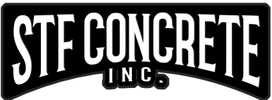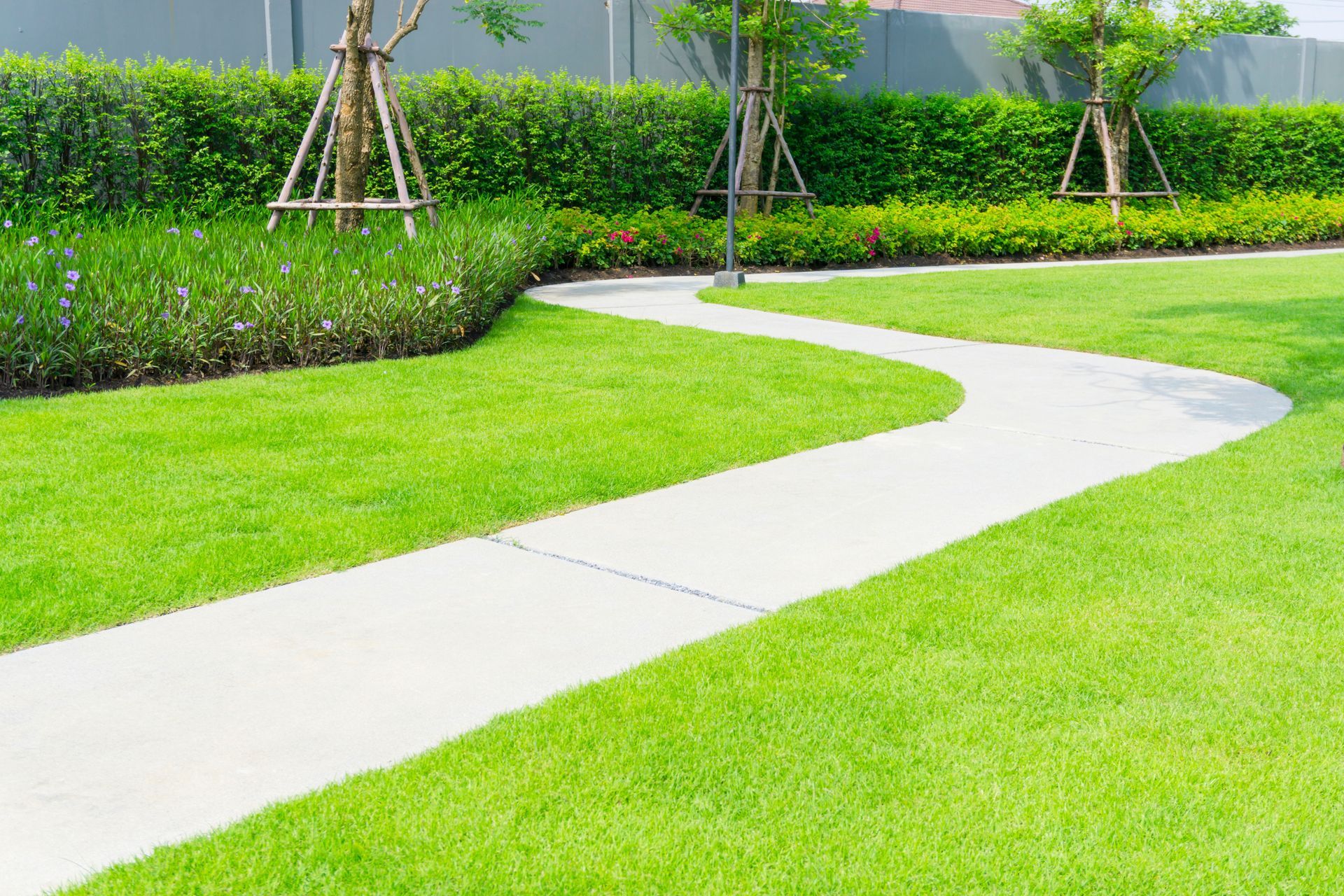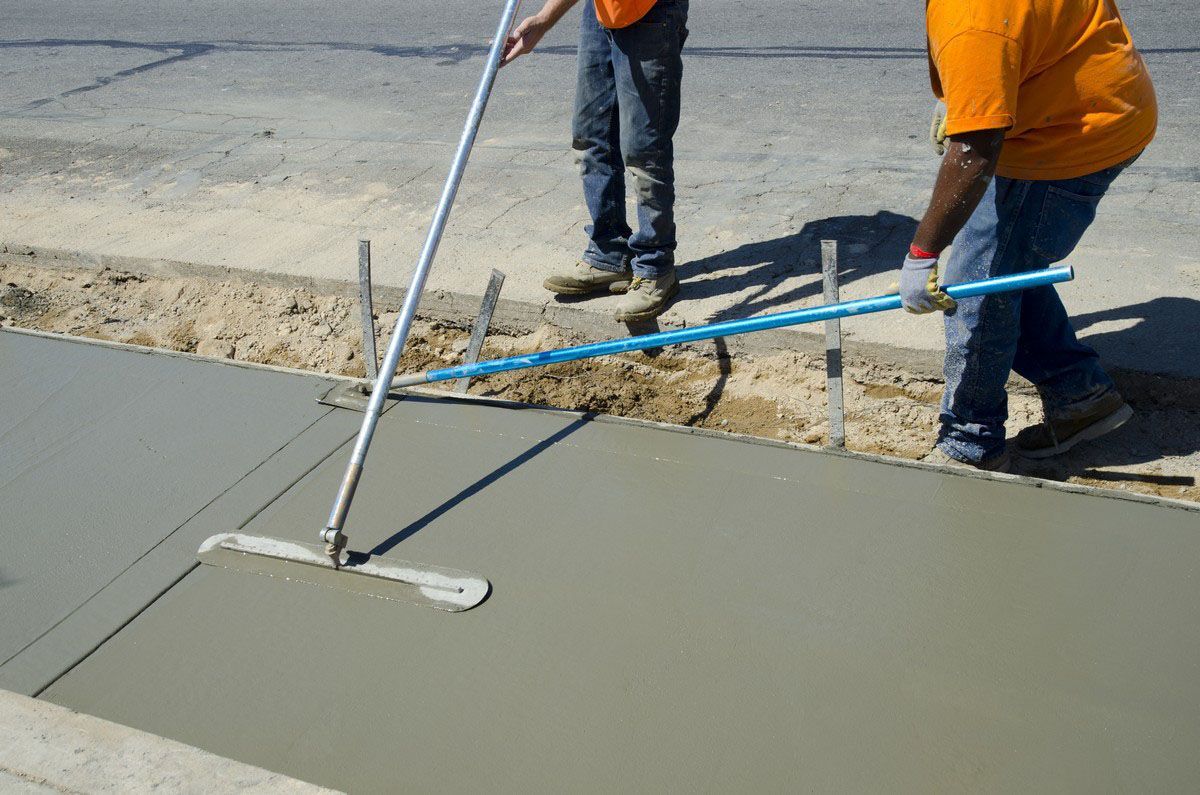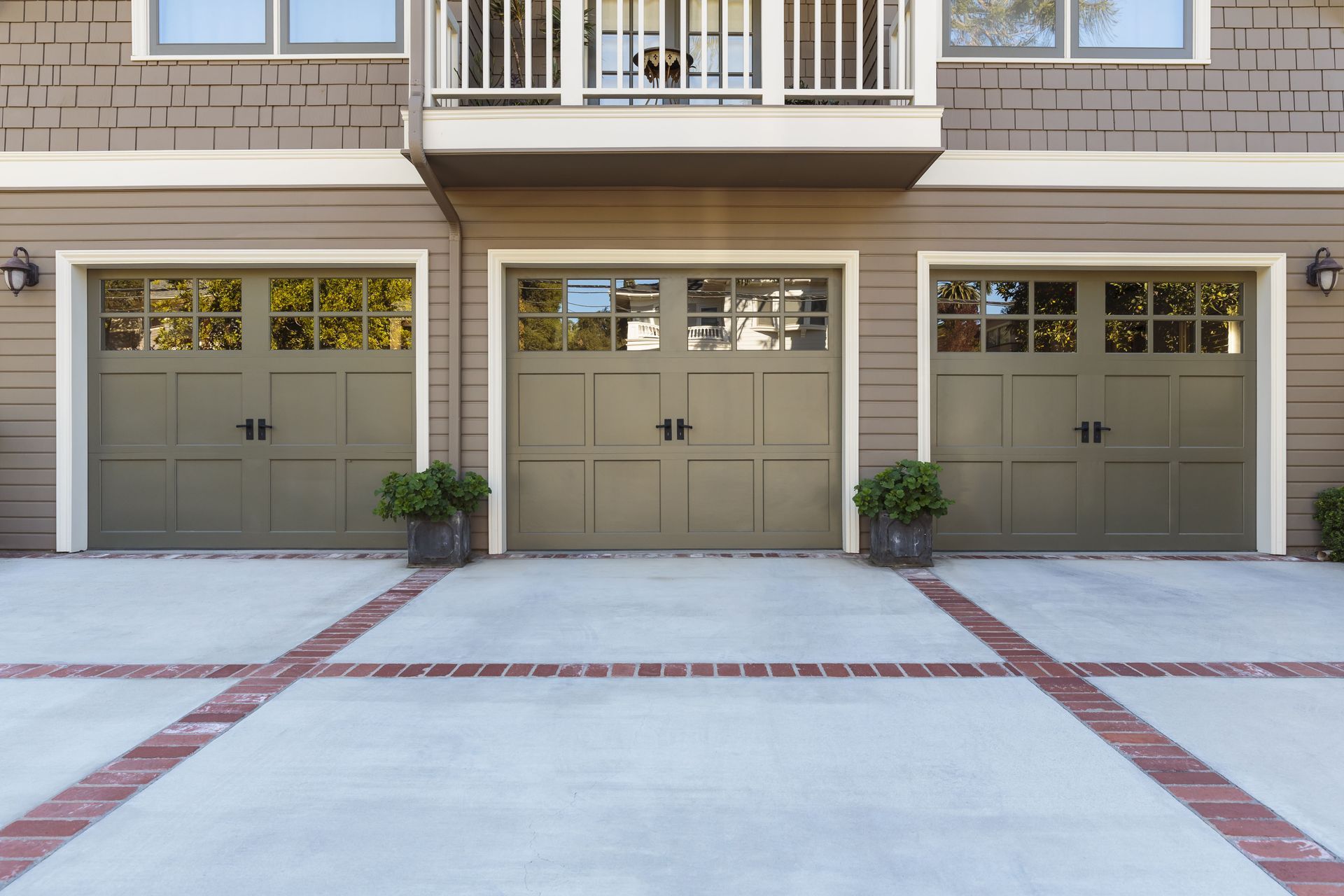When planning a new walkway, choosing the right concrete finish is more than a matter of taste—it's a decision that affects safety, durability, cost, and long-term value. Two of the most popular surface options, stamped and brushed concrete, each offer distinct advantages depending on the setting and priorities of the property owner. Stamped concrete delivers a high-end, decorative look that can mimic stone, brick, or wood, while brushed concrete provides a clean, textured finish that emphasizes function and safety. Understanding the visual differences, performance characteristics, and maintenance needs of each option can help you make a more informed choice. Whether you're aiming to boost curb appeal or ensure reliable traction in a high-traffic area, there's a solution that fits your project.
Evaluating Visual Appeal Across Surfaces
Choosing between stamped and brushed concrete often begins with evaluating the final appearance. Stamped concrete brings a dynamic, high-end look with patterns that mimic natural stone, brick, or even wood. This option is highly customizable, allowing property owners to select colors, shapes, and textures that suit their architectural preferences. It offers artistic flexibility and can complement landscaping with elevated curb appeal.
Brushed concrete, by contrast, focuses on clean lines and subtle texture. Its linear finish provides a practical yet tidy look that blends well with traditional or modern surroundings. While not as elaborate, brushed concrete often appeals to those seeking functional elegance and a timeless finish. A seasoned concrete contractor can help align design goals with realistic outcomes based on the setting and usage of the space.
When aesthetic cohesion with surrounding structures matters, stamped concrete is often favored. However, for utility-focused walkways, brushed finishes deliver reliable performance without visual clutter. Each surface type has visual strengths depending on the desired outcome and neighborhood design trends. Ultimately, the right choice depends on whether style or practicality ranks higher for the project at hand.
Assessing Traction and Safety Benefits
Safety is an important factor when installing concrete walkways, especially in high-traffic or wet-prone areas. Brushed concrete excels in this category due to its textured surface, which offers excellent slip resistance. This makes it a preferred choice for driveways, sloped walkways, and areas around pools or public spaces.
Stamped concrete, while visually impressive, can become slippery when wet, especially without anti-slip additives in the sealant. However, modern sealers and texturing techniques can address these issues. A knowledgeable concrete contractor will advise on appropriate finishes that enhance traction while preserving decorative appeal. Safety-conscious homeowners often balance beauty with functionality when selecting between the two. When deciding based on safety, the application environment is key. For areas needing dependable traction in varied weather conditions, brushed concrete is often more suitable.
Analyzing Durability in Everyday Conditions
Both concrete types provide long-lasting performance, but there are differences in their resilience. Brushed concrete is highly durable with a simple structure, offering fewer risks of surface damage from weather exposure or traffic. Its plain surface can be easily cleaned and repaired if necessary.
Stamped concrete is also durable, but its patterned surface can be more susceptible to wear, especially without regular sealing. Cracks or chips can disrupt the visual design, requiring more precise repairs. A skilled concrete contractor can manage these concerns with proper joint placement and high-quality sealants that protect the design over time.
For high-use areas or regions with frequent freeze-thaw cycles, the concrete type should be matched with the local climate. Brushed concrete may offer less maintenance in harsh environments, while stamped concrete can work well where aesthetics are a top priority and upkeep is planned accordingly.
Evaluating Costs and Budget Planning
Cost is a major deciding factor for many property owners. Brushed concrete tends to be more affordable due to fewer materials, faster installation, and limited design complexity. It provides strong functionality at a lower price, making it ideal for large-scale or utility-focused projects.
Stamped concrete, while more expensive, offers visual enhancements that often justify the added investment. The process involves pattern molds, color additives, and labor-intensive finishing—all contributing to a higher final bill. A professional concrete contractor can provide detailed estimates that help homeowners weigh upfront expenses against long-term benefits.
According to the Concrete Financial Insights Index, concrete production and delivery generate more than $68 billion in annual revenue across the U.S., highlighting how frequently homeowners and businesses invest in surface upgrades. With expert guidance, it's possible to align budget expectations with project goals while navigating the range of costs involved.
Exploring Environmental Impact and Sustainability
Concrete is inherently durable and recyclable, offering sustainability benefits regardless of finish type. Brushed concrete typically has a slightly lower environmental impact due to its simpler installation and reduced use of dyes and sealants. Less processing means fewer materials and emissions overall.
Stamped concrete, although more elaborate, can still be environmentally friendly when using low-VOC sealants and eco-conscious mixing practices. Local sourcing of materials and efficient installation processes also contribute to sustainability. Discussing eco-friendly options with a concrete contractor helps assure the project aligns with environmental values.
Both options can be part of a responsible landscaping plan that reduces soil erosion and runoff, especially when paired with proper drainage and design features. Long-term durability means fewer replacements and repairs, which also cuts down on resource use over time.
Reviewing Ideal Applications for Each Surface
Stamped concrete shines in decorative settings such as entryways, garden paths, patios, and poolside walkways. Its ability to imitate high-end materials like slate and cobblestone makes it an asset in design-driven spaces. When integrated properly, it elevates both property appeal and potential resale value.
Brushed concrete is commonly used in driveways, sidewalks, commercial walkways, and areas with heavy foot traffic. Its slip-resistant surface and fast installation make it an efficient choice for utilitarian purposes. A concrete contractor often recommends it for clients prioritizing safety, simplicity, and budget. Each concrete style suits specific needs. Whether enhancing curb appeal or providing reliable traction, selecting the right application ensures functionality and satisfaction for years to come.
Comparing Long-Term Value for Property Owners
Stamped and brushed concrete both deliver long-term benefits when installed and maintained properly. Brushed concrete offers dependable functionality, ideal for foundational walkways and safety-first environments. Its strength and easy upkeep make it a long-term investment with minimal surprises.
Stamped concrete contributes visual sophistication that can increase property value, especially in competitive real estate markets. Though maintenance demands are higher, the overall impression left by a well-designed stamped surface can sway buyers and enhance enjoyment for years. A reliable concrete contractor can ensure installation meets long-term durability standards while maintaining aesthetic charm. Ultimately, the right choice depends on your priorities—appearance, performance, timeline, and budget. When carefully weighed, either option can add meaningful value to a property, tailored to its function and style goals.
Working with an experienced concrete contractor ensures successful project outcomes. Professionals understand how local climate, soil conditions, and usage patterns affect the final product. They also help clients visualize designs, estimate costs, and maintain the surface post-installation.
Whether opting for stamped elegance or brushed simplicity, contractor input can prevent costly mistakes and enhance the final result. Evaluating experience, portfolio quality, and service offerings is key when selecting a partner for your project. For homeowners seeking dependable concrete services, STF Concrete Inc delivers tailored solutions backed by years of field expertise. Reach out today to start designing your walkway with a team you can rely on.




Share On: